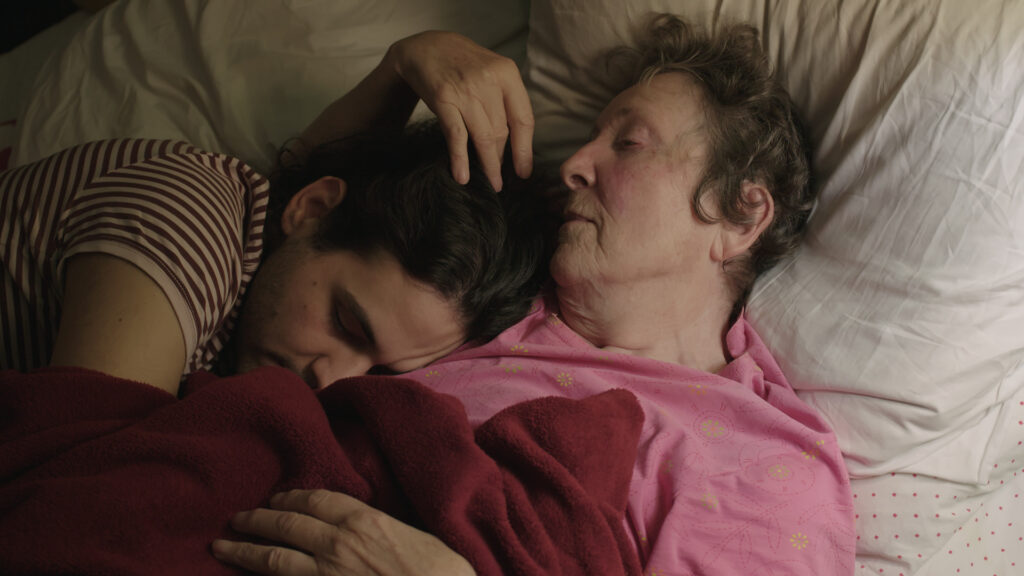A Life in Color
Documentary | 71 min | AT | 2025



After World War II, Eleanor left Germany and built a life for herself in the United States as an interior designer. She saved derelict warehouses and transformed them into sought-after event venues. Now, at 92, the fear of the end torments her. The thought of a will makes her shudder. In the arms of a young man, she finds brief solace. She dances at parties and undergoes cosmetic surgery. Yet, these actions do nothing to heal the emotional wounds her father left behind. Both the past and the future trouble Eleanor. But slowing down is not an option. ‘I don’t think I believe in death’, she says.
Credits
With Eleanor Ambos, Peter Anastasiou, Tom Taylor, a.o. | Editor: Cordula Werner | Music: LYLIT | Score Mixing: Andreas Lettner | Sound Design & Re-recording mixer: Alex Winkler | 2nd camera: Colin Sonner | Written, directed & cinematography by Axel Stasny
With the support of the Austrian Film Institute, City of Vienna, Upper Austria and Das R&
WORLD SALES:
sixpackfilm | Neubaugasse 45/13 | 1070 Wien, Österreich
+43 52609900 | office@sixpackfilm.com | www.sixpackfilm.com
© 2025 Stasny Film GmbH
Presse
When we first meet Eleanor, she is doing fitness exercises. She seems to enjoy life to the fullest, has a colorful wardrobe, keeps herself active and loves to dance. Every day, every hour is precious. Can such an energetic woman really already be 92 years old? Eleanor wants to hold on to life and cannot bring herself to make a will, because “I don’t believe in death.”
After the Second World War, she moved from Germany to New York and built up a career as an interior designer. She became known for transforming run-down warehouses into magnificent event venues. Over the course of the film, this skill appears as a mirror for her entire life: Eleanor is able to conjure up something beautiful from inconspicuous things. Memorabilia are scattered everywhere; in her office, her own personalized ordering principle bears witness to her free-spirited attitude. This woman is aware that her relationship with a young waiter from her favorite diner makes society uncomfortable, but for her, it’s not an issue.
One morning, Eleanor decides to undergo cosmetic surgery. It’s not so much to please others as to please herself – not to mention its being a further manifestation of her will to live. But while the wrinkles around her eyes disappear, emotional scars reappear, and Eleanor lets us feel her loneliness. She will never forget the humiliations of her father that accompanied her throughout her youth. Why she was never able to make peace with this part of her history ultimately emerges as the quintessential question of the film. A Life in Color shows how one can embrace one’s own existence in all its imperfection. (Roman Scheiber)
(Translation: John Wojtowicz)

